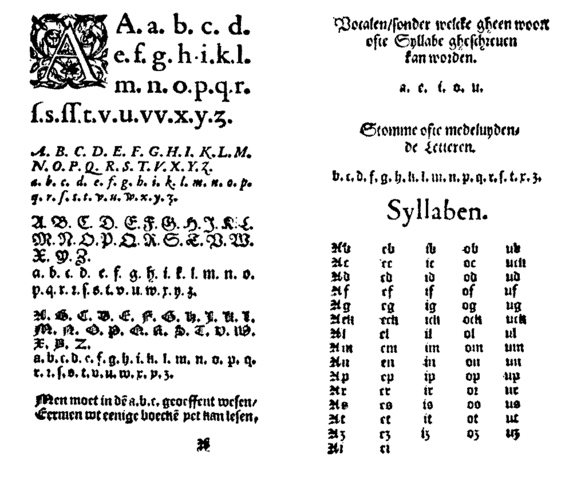Dutch vs German
This article provides a basic comparison of the Dutch and German languages to help anyone understand the differences between them. Both languages are based in the western parts of Germany and share similar letters and pronunciations. However, some words and letters have different pronunciations in German compared to Dutch. In some regions of Germany, the pronunciation follows Dutch language conventions. Read on to learn more about the Dutch and German languages.
Key Takeaways
- Dutch is a language spoken in West Germany, Suriname, Belgium, and the Netherlands, with over 23 million native speakers and 5 million second-language speakers in the European Union.
- German is a language spoken in Western Germany and is related to Dutch and English, with around 100 million native speakers worldwide and is the most widely used first language in the European Union.
- While both languages share similarities, Dutch differs from German in terms of grammar systems, word formation, and vocabulary. Dutch also has more romance loanwords than German.
What is Dutch?
Dutch is a language spoken in West Germany, with the majority of speakers residing in Suriname, Belgium, and the Netherlands, which are members of the Dutch Language Union. Dutch has 23 million first-language speakers and 5 million second-language speakers in the European Union. There are also minority communities in France, Germany, Indonesia, Canada, Australia, and the United States, totaling around 600,000 native Dutch speakers. Dutch has various dialects, such as the South African dialect, which has been standardized into Afrikaans. Afrikaans is considered a daughter language of Dutch and is spoken by 15 to 23 million people in Namibia and South Africa. Dutch is closely related to German and English and is said to lie between the two languages.
What is German?
The German language is also based in the Western parts of Germany and is related to Dutch and English. Approximately 100 million native speakers worldwide speak German, making it one of the largest languages globally, particularly in the European Union, where it is the most widely used first language. The history of the German language dates back to the High German consonant shift and the migration period when old German dialects separated from new ones. German has existed since the 6th century AD, with numerous old texts discovered.
What is the difference between Dutch and German?
- Dutch differs from English and German in its grammar systems.
- Dutch is more closely related to German in terms of word formation patterns and word order in clauses.
- Most of the German language has been used to derive Dutch vocabulary.
- Dutch makes more use of romance loanwords than German.
- Dutch is spoken in various European territories.
- Native Dutch speakers are found in Suriname, the Netherlands, and Belgium, as well as some communities in Germany and France.
- Dutch has given rise to several languages spoken in Southern Africa, such as Afrikaans.
- German is another West Germanic language, also related to English.
- German is spoken in European countries such as Austria, Germany, and parts of Switzerland, as well as some communities in the US, Brazil, and other locations.
